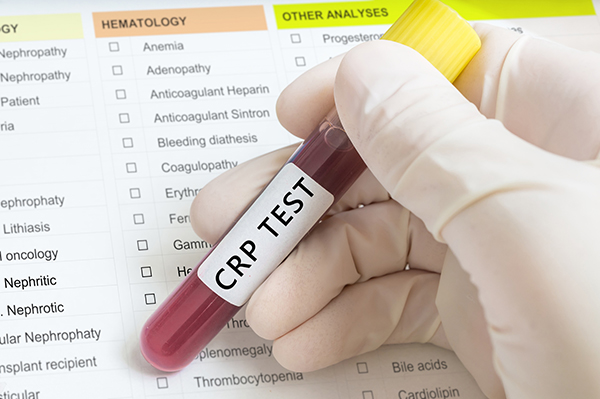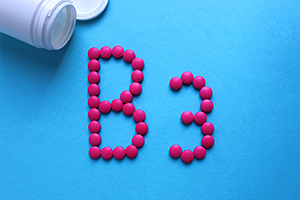




Q: My husband’s high sensitivity C-reactive protein (hs-CRP) is 1.62 and his homocysteine is 13.1. If they both measure inflammation, why is one result normal and the other one high?
A: While both hs-CRP and homocysteine are markers of inflammation, they are not related.
A high homocysteine represents a glitch in the metabolism of methionine, an amino acid. The conversion of homocysteine back to methionine requires ample amounts of B vitamins such as B6, B12, and folate as well as betaine and trimethylglycine to aid in lowering it. High homocysteine is a risk factor for cardiovascular disease, stroke, Alzheimer’s disease and bone fracture.
Those with the MTHFR polymorphism (a gene mutation) may have high homocysteine levels, although that is not always the case. Nevertheless, it’s an easy fix for most individuals by supplementing with methylated B vitamins such as those found in Methyl B Complex. Optimally, we like to see homocysteine levels below 8.
It’s critical to note there are no symptoms of high homocysteine. Only a blood test can reveal if levels are out of range. Because it’s an important risk factor to monitor, ask your doctor for this test since it’s still not yet routinely ordered.
C-reactive protein is a general marker of inflammation in the body but hs-CRP targets inflammation in blood vessels, especially coronary arteries. An hs-CRP reading of 1.62 represents average risk. You can read about targeted therapies to lower CRP here.
To your health!
Though we think of declining estrogen as the hallmark of menopause, it's actually common for…

Up to 12 percent of Americans have ulcers at some point in life. Peptic ulcers…
Gallbladder disease is a modern illness. An estimated 20 million Americans have gallbladder disease. The…

This past week we were regaled with headlines like: High levels of niacin may increase…

March is National Nutrition Month and, needless to say, good nutritious food is essential to…

I recently attended the Integrative Healthcare Symposium (IHS), an annual conference held here in Manhattan. The…

Exploring the Healing Power of Herbs with Dr. Bill Rawls, Part 1

Our virtual voicemail is open 24/7, so there's no need to wait to submit your questions for Dr. Hoffman. Leave a message, and you may hear your question featured on the Intelligent Medicine radio program!